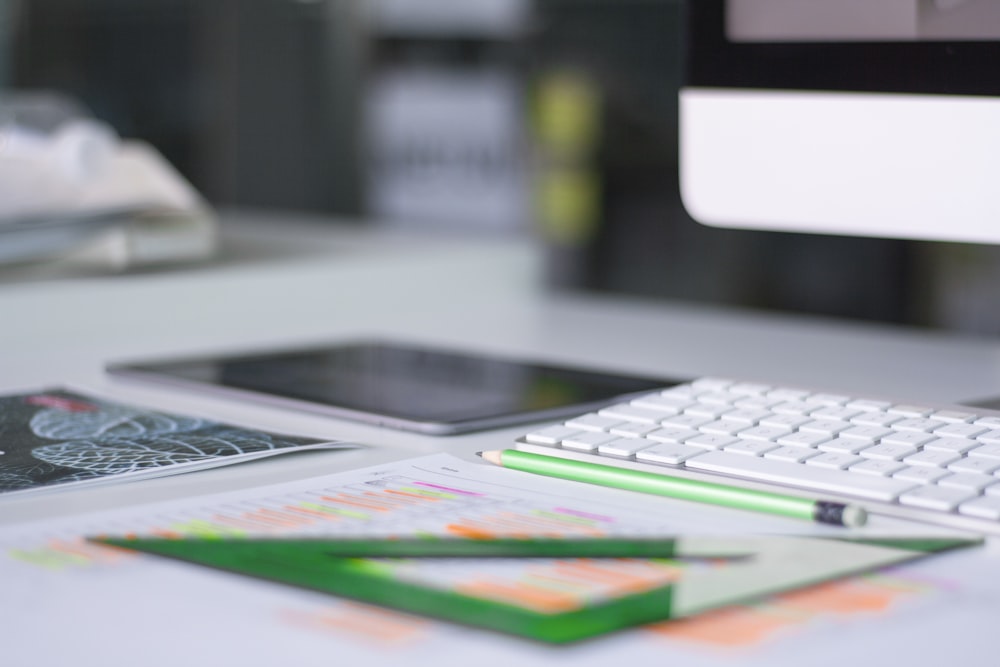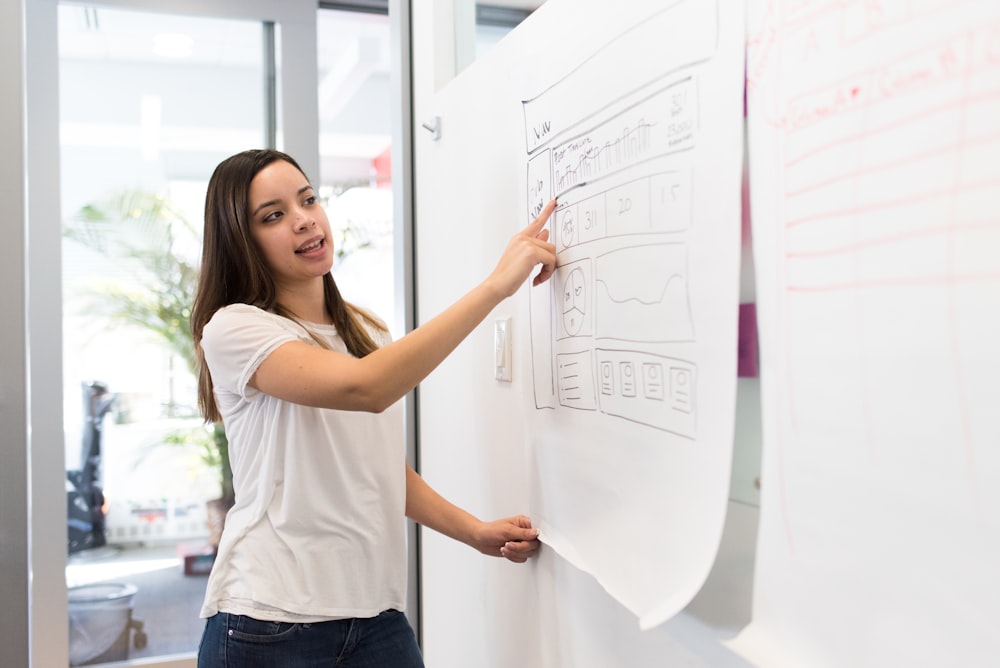What is educational inequality?
Educational inequality is the unequal distribution of three things:
- Funding
- Educators
- Other academic resources
It is arguably one of the most damaging inequalities in existence, as its effects on one’s income potential and human capital are everlasting. As is the case with most contemporary issues, poverty also plays a huge factor.
Many solutions have been put in place in an attempt to resolve the issue of education inequality. One solution comes from TRiO programs, which provide people with disadvantaged backgrounds access to education tools. Thanks to TRiO programs, in 1974, the Department of Education passed various policies that attempted to tackle education inequality.
Integrating Technology into Education
A 2016 Pell Institute study revealed the following:
When American households are organized into four income groups, 24-year-olds from the top two groups accounted for 77 percent of the bachelor’s degrees awarded in 2014.
This statement suggests that truly sustainable education reform lies at the intersection of innovative policy and cutting-edge technology.
Such cutting-edge education technology's immense importance came to even further fruition in 2020 when COVID-19 disrupted traditional learning environments.
Opportunities for education changes sparked investment everywhere:
- $30M to Quizlet for digital study tools
- $74M to Lambda for online coding boot camps
- $130M to Coursera to grow its online course hubs.
However, it is important to note that traditional learning is still vital, and face-to-face learning is a core part of education. Though, having additional resources and tools for students will only help them succeed even more.
While unfortunate that a global pandemic-- leading to a supreme breakdown of the education system-- spearheaded a $2.2 billion investment total for EdTech in 2020, the sadistic nature of a crisis is the opportunity it presents us with to rebuild.
With all this new investment in education technology, one would think breaking down the education barriers would become simple. However, it also requires education entrepreneurs to sacrifice immediate returns in exchange for social equity. That is why PhotoStudy was originally only available for TRIO program use.
A technology-focused rebuild could lead to equality in academic resources that are affordable and accessible to those of all socio-economic backgrounds, if and only if people are valued over profit.
Accessible & Affordable Tutoring
EdTech’s importance rises even more with the COVID-19 pandemic making already slim academic resources even narrower; states are projecting $500 billion spending cuts in the coming years. With budgets being slashed and educators being let go, administrators have to strike a tough balance between quality and quantity of academic resources, especially supplemental learning like tutoring.
Here's the paradox:
School administrations can't afford to pay for a certified after-school tutor with budget cuts, COVID-19 restrictions, and adjusting to remote learning. But at the same time, they can't withhold providing the supplemental assistance their students desperately deserve and need?
That sweet spot between quantity and quality is where PhotoStudy comes into the picture (pun intended).
This 24/7 web and mobile application, working in unison with TRIO programs nationwide, connects students to a certified tutor within 30 seconds, for significantly less than traditional tutoring platforms (see for yourself here).
The app’s beauty is in its simplicity. You take a picture of the homework problem you’re struggling with, rank how much difficulty you’re having, and then hit “Chat with an expert” to be instantly helped.

The Bottom Line
The success one attains in a lifetime is the product of two things:
- The hand one is dealt
- How one plays the hand they’re dealt
Unfortunately, one can only play a pair of 2s so well against a full house. Why not help those who were dealt poor hands first and then help everyone play their equal hands?


